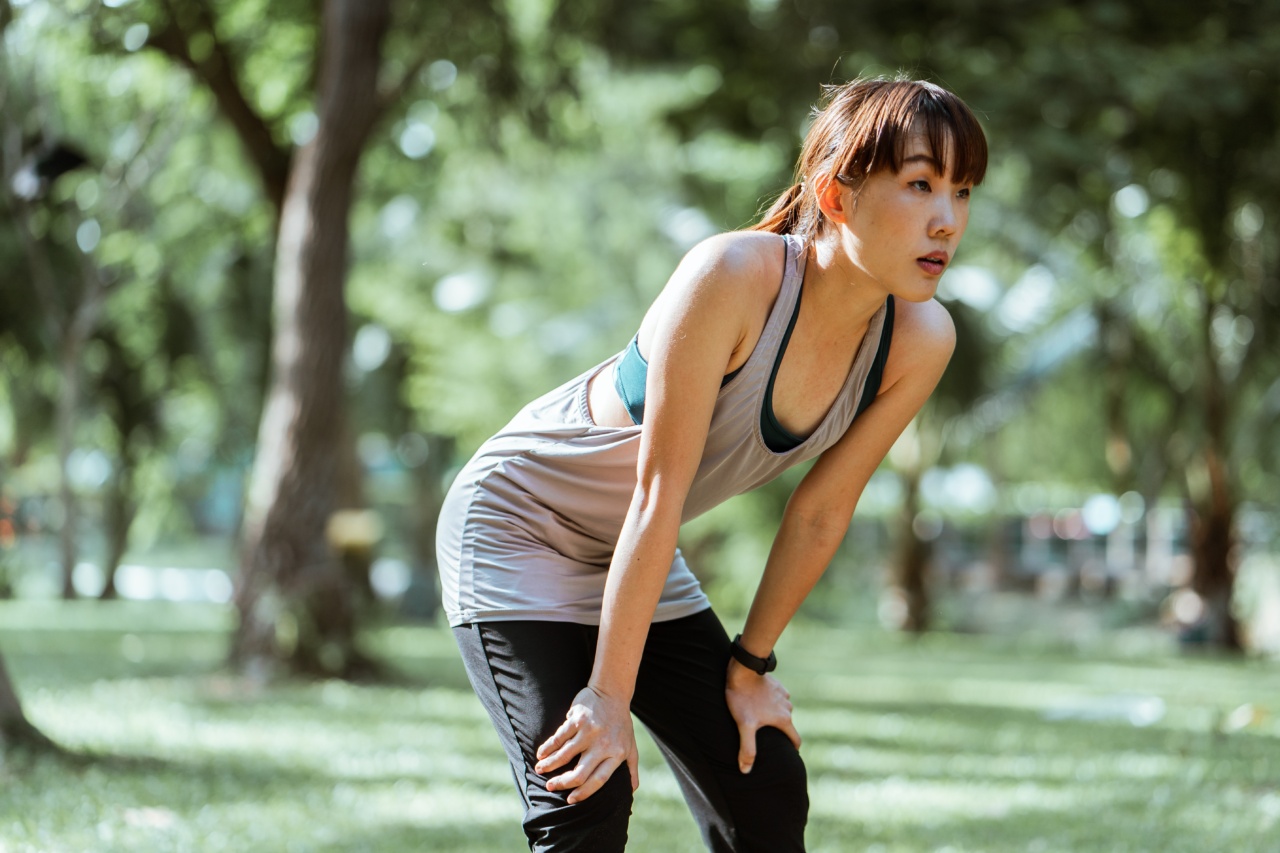Knee osteoarthritis is a common degenerative joint disease that affects millions of people worldwide. It occurs when the cartilage in the knee joint starts to deteriorate, leading to pain, swelling, and stiffness.
While exercise is generally beneficial for joint health, certain exercises can put excessive strain on the knees and potentially worsen osteoarthritis symptoms.
1. High-Impact Aerobic Exercises
High-impact aerobic exercises such as running, jumping, and intense aerobic dance classes can be particularly hard on the knees.
These activities involve repeated pounding and can put excessive stress on the knee joints, accelerating the degeneration of the cartilage. If you already have knee osteoarthritis or are at risk of developing it, it’s best to avoid or minimize these types of exercises.
Instead, opt for low-impact aerobic exercises that provide cardiovascular benefits without putting excessive strain on the knees.
Swimming, cycling, brisk walking, and using an elliptical machine are excellent alternatives that are gentle on the joints while still improving overall fitness.
2. Deep Squats
Deep squats, where you lower your hips below your knees, can be problematic for individuals with knee osteoarthritis. These exercises place increased stress on the knee joints and can exacerbate pain and discomfort.
It is important to note that squats, in general, are not necessarily harmful, but the depth of the squat is what matters.
If you have knee osteoarthritis or are prone to knee problems, consider modifying your squatting technique. Perform partial squats instead, where you only go down to a comfortable depth that does not cause pain or discomfort.
Additionally, using support such as a stability ball against a wall can help reduce the stress on the knees during squats.
3. Lunges and Step-Ups
Lunges and step-ups are popular exercises for strengthening the lower body, but they can be problematic for individuals with knee osteoarthritis.
These exercises involve a significant amount of knee flexion and extension, which can worsen symptoms and lead to further joint damage.
If you have knee osteoarthritis or are at risk of developing it, there are alternative exercises that can target the same muscle groups without excessive strain on the knees.
For example, try using a leg press machine or doing seated leg extensions to work your quadriceps. These exercises can help build strength without compromising knee joint health.
Conclusion
Preventing knee osteoarthritis is crucial for maintaining joint health and overall mobility. While exercise is important for overall well-being, certain exercises should be avoided or modified to protect the knees.
High-impact aerobic exercises, deep squats, lunges, and step-ups can put excessive strain on the knee joints and potentially worsen osteoarthritis symptoms.
Instead, consider incorporating low-impact aerobic exercises, modified squats, and alternative lower body exercises into your fitness routine.
It is always advisable to consult with a healthcare professional or a qualified fitness trainer before starting any new exercise program, especially if you have pre-existing knee issues or are at risk of developing knee osteoarthritis.































